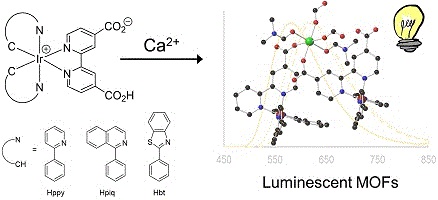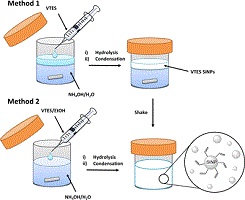Guest Editor:
Curt Wentrup (School of Chemistry and Molecular Biosciences, The University of Queensland)
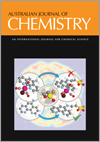
Australian Journal of Chemistry
Volume 76 Number 10 2023
Special IssueRACI and AAS Awards 2022–2023
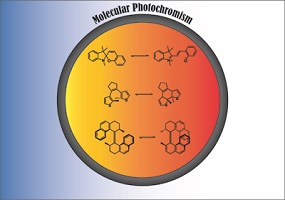
In this Primer Review, the topic of molecular photochromism is introduced and fundamental concepts expounded, which should enable researchers interested in the field. Additionally, a history of the development of the area is given which provides perspective on how a field develops. Moreover, key photochromic molecules and selected applications are showcased to provide the interested reader with an entry to this fascinating field of science and emerging technology. (Image credit: David Jago.)
CH23115 Abstract | CH23115 Full Text | CH23115PDF (9.9 MB) Open Access Article
CH23155Discovery and optimisation of conotoxin Vc1.1 and analogues with analgesic properties
The marine cone snail Conus victoriae produces a peptide, Vc1.1, which has potent pain killing activity and is a valuable lead in the design of novel analgesics. (Image credit: Meng-Wei Kan.)
CH23155 Abstract | CH23155 Full Text | CH23155PDF (2 MB) Open Access Article
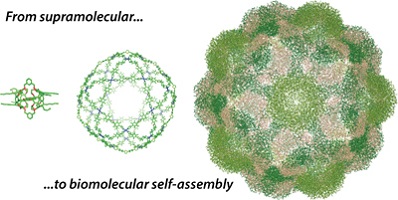
This Account serves to introduce the world of protein cages to a chemical audience and highlight the many similarities to concepts from supramolecular chemistry, revealing how a knowledge base in chemistry can provide the foundation for valuable insights into fundamental questions and biomolecular engineering challenges in the field of physical virology. (Image credit: Yu Heng Lau.)
CH23102 Abstract | CH23102 Full Text | CH23102PDF (2 MB) Open Access Article
CH23131Correlating vapour uptake with the luminescence quenching of poly(dendrimer)s for the detection of nitro group-containing explosives
 , Paul L. Burn
, Paul L. Burn  , Ian R. Gentle and Paul E. Shaw
, Ian R. Gentle and Paul E. Shaw
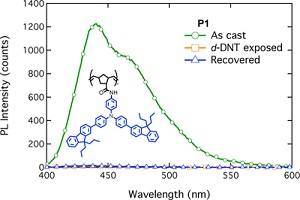
Thin films of two poly(dendrimer)s differing in conjugation length, steric bulk and surface groups were studied for the detection of trace quantities of nitro-based taggant and explosive vapours. Addition of first-generation biphenyl-based dendrons led to a decrease in mass density, an increase in analyte sorption and improved detection. (Image credit: Paul L. Burn.)
CH23131 Abstract | CH23131 Full Text | CH23131PDF (1.2 MB) Open Access Article
CH23127Controlling emission energy in metal–organic frameworks featuring cyclometalated iridium(III) linkers
Three iridium(III) metalloligands containing different cyclometallating ligands were incorporated into Ca2+ metal–organic frameworks yielding luminescent materials. Changing the cyclometalling ligand altered the emission wavelength, highlighting the utility of this approach for the generation of tailored solid-state materials for applications including chemical sensing. (Image credit: C. Hua and T. U. Connell.)
CH23127 Abstract | CH23127 Full Text | CH23127PDF (2.5 MB) | CH23127Supplementary Material (1.1 MB) Open Access Article
CH23082The extracellular chaperone clusterin prevents primary and secondary nucleation of an amyloidogenic variant of β2-microglobulin


Accumulation of β2-microglobin in tissues is responsible for the disease dialysis-related amyloidosis. The D76N mutant is highly amyloidogenic. An in vitro biophysical and spectroscopic investigation of D76N β2-microglobin amyloid fibril formation and its inhibition by the common extracellular chaperone, clusterin, is described. In vivo, clusterin may play an important role in preventing β2-microglobin deposition.
CH23061Exploring colorimetric detection of perfluorooctane sulfonate using micelle solubilised porphyrin
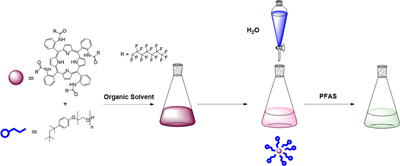
A proof-of-concept method has been developed to detect perfluorooctanesulfonate (PFOS). A coloured porphyrin host molecule suspended in micelles changes colour when it encounters PFOS. Photographs of the coloured solutions were analysed allowing for the detection of PFOS in water at concentrations as low as 3 ppm.
CH23061 Abstract | CH23061 Full Text | CH23061PDF (1.5 MB) | CH23061Supplementary Material (907 KB) Open Access Article
A scalable methodology that allows particles based on trialkoxy siloxanes with non-polar substituents to be synthesised in a one-pot reaction through the controlled addition of the reactants is reported. By dispersing the trialkoxy silane precursor prior to addition to the reaction solution, excellent control of particle size and dispersity can be achieved for systems not normally compatible with Stober methods.
CH23128 Abstract | CH23128 Full Text | CH23128PDF (5.1 MB) | CH23128Supplementary Material (881 KB) Open Access Article



